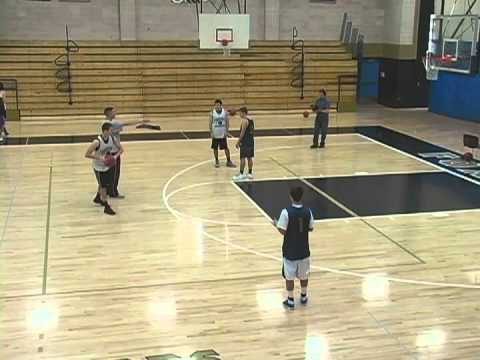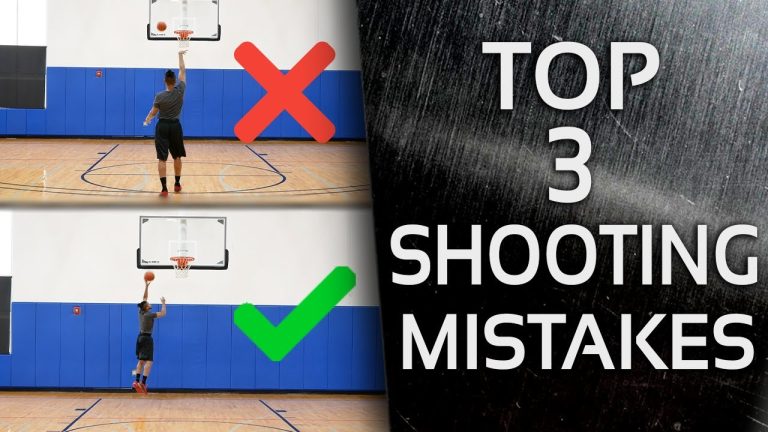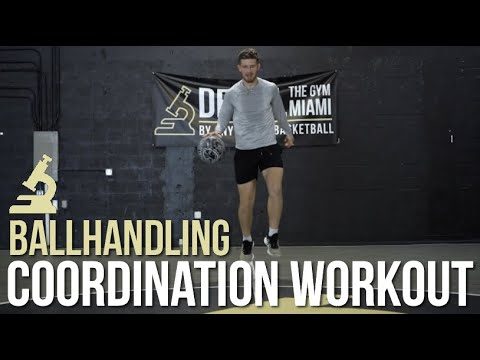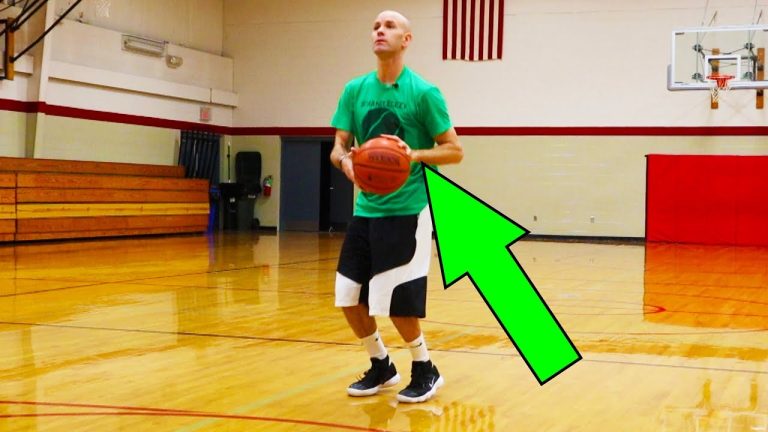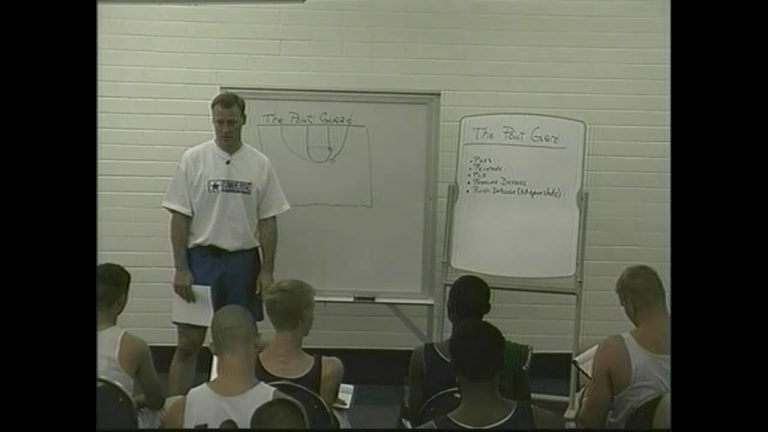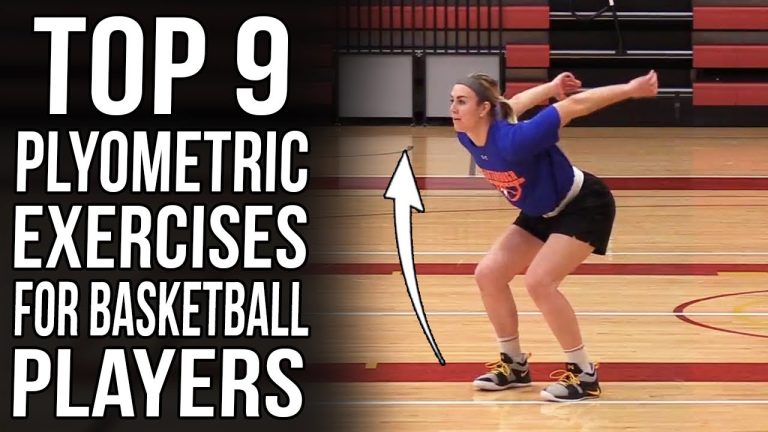Basketball teams are a fascinating blend of talent, strategy, and teamwork. However, behind the scenes, there are various roles and responsibilities that contribute to the success of a team. From the swift point guard orchestrating the offense to the towering center defending the paint, each player has a unique position that requires specific skills and expertise. In this article, we delve into the intricacies of these roles, shedding light on the diverse responsibilities that make basketball a captivating sport.
- Player Roles: In a basketball team, each player is assigned a specific role based on their skills and abilities. These roles can include being a point guard, shooting guard, small forward, power forward, or center. Each role has its own set of responsibilities on offense and defense, such as distributing the ball, shooting, rebounding, defending, and setting screens.
- Teamwork and Communication: One of the key responsibilities of every player in a basketball team is to communicate and work together effectively. This involves constantly communicating on the court, calling out plays, defending opponents, and making quick decisions. Good teamwork and communication are crucial for a successful basketball team as it allows players to coordinate their actions and make the most out of each possession.
- Coach’s Role: The coach plays a vital role in a basketball team. Their responsibilities include developing game strategies, designing plays, providing guidance and instructions during games, and developing players’ skills and techniques. The coach is responsible for creating a cohesive team environment, motivating players, and making critical decisions during games. They also play a crucial role in identifying individual strengths and weaknesses and assigning players to suitable roles and positions on the team.
How many basketball roles are there?
In the game of basketball, the number of roles may seem overwhelming, but only five players are allowed on the court at a time. These players are strategically positioned based on their assigned basketball positions. The center dominates the paint, while the power forward and small forward provide support on offense and defense. The point guard directs the team’s plays, while the shooting guard focuses on shooting from the perimeter. With these distinct roles, basketball teams showcase the perfect balance of skills and tactics.
While a basketball team may consist of numerous players, only a select few get the opportunity to shine on the court. The game’s structure limits the number of active players to five, each assigned to a specific basketball position. The center anchors the team with their size and strength, while the power forward and small forward offer versatility in scoring and defense. The point guard orchestrates the team’s offense, while the shooting guard showcases their shooting prowess. Together, these roles create a cohesive unit that maximizes each player’s strengths and contributes to the team’s success.
What does position 5 refer to in basketball?
In basketball, position 5 is commonly referred to as the center (C). The center is typically the tallest player on the team and is responsible for playing close to the basket. They are known for their strength and ability to rebound the ball, as well as their skill in blocking shots and defending the paint. The center also plays a crucial role in setting screens and providing a presence in the low post, both offensively and defensively. With their size and skills, the center is a key player in controlling the game and dominating the inside area of the court.
As basketball evolved, each position became more specialized, and the center position became a distinct role on the team. The center’s unique abilities and physical attributes make them a vital component of any successful team. With their height and strength, they are able to dominate the rebounds, protect the paint, and score close to the basket. The center’s presence creates opportunities for the team to control the game and score points efficiently. As the game continues to evolve, the center position remains a fundamental part of basketball, with their contributions often determining the outcome of a match.
What is the process for discovering my role in basketball?
Finding your role in a new basketball team involves understanding your strengths, skills, and the needs of the team. Before jumping into action, it is important to take a step back and observe. Observe the team dynamics, playing style, and the roles of existing players. This will give you valuable insights into the gaps that need to be filled and where you can contribute. Analyze your own skills and strengths, and consider how they align with the team’s needs. Identifying these key aspects will help you define your role effectively.
Once you have gathered enough information, it is time to define your role. Reflect on your observations and analyze your own abilities. Determine which position or role suits you best based on both your strengths and the team’s requirements. For example, if you have strong dribbling skills and a good basketball IQ, you might thrive as a point guard. Alternatively, if you have a natural ability to rebound and defend, you might find success as a power forward or center. Defining your role will provide clarity and direction on how you can contribute to the team’s success.
Finding your role in basketball is not a one-time process, but an ongoing journey. As you start playing and practicing with the team, pay attention to your performance and how it fits within the team dynamic. Be open to feedback from coaches and teammates, as they can provide valuable insights on areas where you can improve and contribute more effectively. Embrace the learning process and continuously work on enhancing your skills to excel in your defined role. Remember, finding your role is not just about individual success, but about creating a cohesive and synergistic team environment where everyone can thrive.
The Playmakers: Unveiling the Key Roles in a Winning Basketball Team
The Playmakers: Unveiling the Key Roles in a Winning Basketball Team
In a winning basketball team, the playmakers are the unsung heroes who orchestrate the game, making split-second decisions and delivering the perfect assist. These players possess an innate ability to read the court, anticipate their teammates’ moves, and create scoring opportunities. Their precision passes and strategic plays are the backbone of a team’s success, as they seamlessly connect the dots and elevate the performance of their fellow players. Without the playmakers, the team’s offense would lack fluidity and cohesion, and the chances of victory would diminish significantly. They are the glue that holds the team together, the catalysts that ignite the spark, and the masters of their craft. With their remarkable court vision and impeccable decision-making skills, the playmakers leave a lasting impact on the game, capturing the attention and admiration of fans worldwide. Whether it’s a behind-the-back pass, a no-look assist, or a perfectly timed alley-oop, these playmakers are the ones who make basketball a beautiful and exhilarating sport to watch.
From Defenders to Scorers: The Vital Responsibilities of Each Player on the Court
From Defenders to Scorers: The Vital Responsibilities of Each Player on the Court
In the dynamic world of basketball, every player on the court holds vital responsibilities that contribute to the success of their team. Defenders are the unsung heroes who tirelessly guard the opposing team, applying pressure, and disrupting their plays. They possess exceptional agility and anticipation, constantly striving to deny the opponent’s scoring opportunities. On the other hand, scorers are the offensive powerhouses, capable of turning the tide of a game with their precision shooting and scoring abilities. They are versatile players who can create their own shots, drive to the basket, and excel in catch-and-shoot situations. Together, defenders and scorers form a cohesive unit, each player fulfilling their unique role, ultimately leading their team to victory.
The Teamwork Blueprint: Understanding the Crucial Roles in a Successful Basketball Team
Title: The Art of Teamwork: Decoding the Key Players in a Winning Basketball Squad
Paragraph 1:
In the realm of basketball, success hinges upon the art of teamwork. Just like a well-oiled machine, a successful basketball team relies on the unique contributions of each player. From the agile point guard orchestrating plays to the towering center guarding the rim, each position plays a crucial role in the team’s triumph. The point guard acts as the team’s strategic mastermind, navigating the court with precision and distributing the ball with finesse. Meanwhile, the power forward and small forward bring versatility and athleticism, scoring points, and defending both inside and outside the paint. Lastly, the center commands the key, providing a formidable presence on defense and dominating the rebounds. Together, these players form a cohesive unit, executing plays flawlessly and propelling the team towards victory.
Paragraph 2:
A successful basketball team is like a symphony, harmonizing the distinct roles of its players to create a mesmerizing display of skill and coordination. Without the point guard’s vision and leadership, the team would lack direction and struggle to create scoring opportunities. The power forward and small forward, with their agility and scoring prowess, bring versatility to the team’s offensive game, while also defending against opponents’ top scorers. The center, towering above the rest, controls the paint, intimidating opponents and securing rebounds that provide crucial second-chance opportunities. Each player’s role is vital, but it is the seamless connection and trust between them that truly unlocks the team’s potential. As they synchronize their skills and instincts, a successful basketball team transcends individual talent, becoming a force to be reckoned with on the court.
Beyond Shooting Hoops: The Indispensable Responsibilities that Define a Strong Basketball Team
Subtitle: Beyond Shooting Hoops: The Indispensable Responsibilities that Define a Strong Basketball Team
Paragraph 1:
A strong basketball team goes beyond the mere act of shooting hoops. It requires the players to embrace a set of indispensable responsibilities that enable the team to thrive. Leadership, communication, and adaptability are three crucial aspects that define a strong team. A team leader must not only possess excellent basketball skills but also inspire and motivate their teammates to perform at their best. Effective communication is vital for seamless coordination on the court, ensuring that every member understands their role and can make split-second decisions. Moreover, adaptability allows the team to adjust their strategy and gameplay according to different opponents, making them formidable in any situation.
Paragraph 2:
Leadership plays a pivotal role in shaping a strong basketball team. A leader should lead by example, demonstrating discipline, determination, and a positive attitude. By setting high standards, they encourage their teammates to push their limits and strive for excellence. Furthermore, a strong leader fosters a sense of unity and camaraderie among the team members, creating a supportive and cohesive environment where everyone feels valued and motivated. Such an atmosphere boosts team morale and enhances overall performance.
Paragraph 3:
Effective communication is the lifeblood of a strong basketball team. Clear and concise communication facilitates smooth gameplay, allowing teammates to anticipate each other’s moves and make quick, coordinated plays. Communication is not limited to verbal cues but also includes non-verbal signals, gestures, and even eye contact. A strong team understands the importance of effective communication and constantly works on improving it. Regular team meetings, on and off the court, help to address any issues, clarify strategies, and build trust among teammates, ultimately leading to a stronger and more cohesive basketball team.
In any basketball team, effective communication, collaboration, and specialized roles are essential for success. Each player must understand their responsibilities and execute them with precision, whether it be the point guard orchestrating the offense, the center dominating the paint, or the shooting guard providing a consistent scoring threat. By embracing their roles and working together harmoniously, a basketball team can achieve greatness on the court. It is through the dedication and commitment of each individual that the collective efforts come to fruition, creating a cohesive and formidable force capable of triumphing over any challenge.

